Ghislaine Leung
Commitments
17 May - 11 Aug 2024
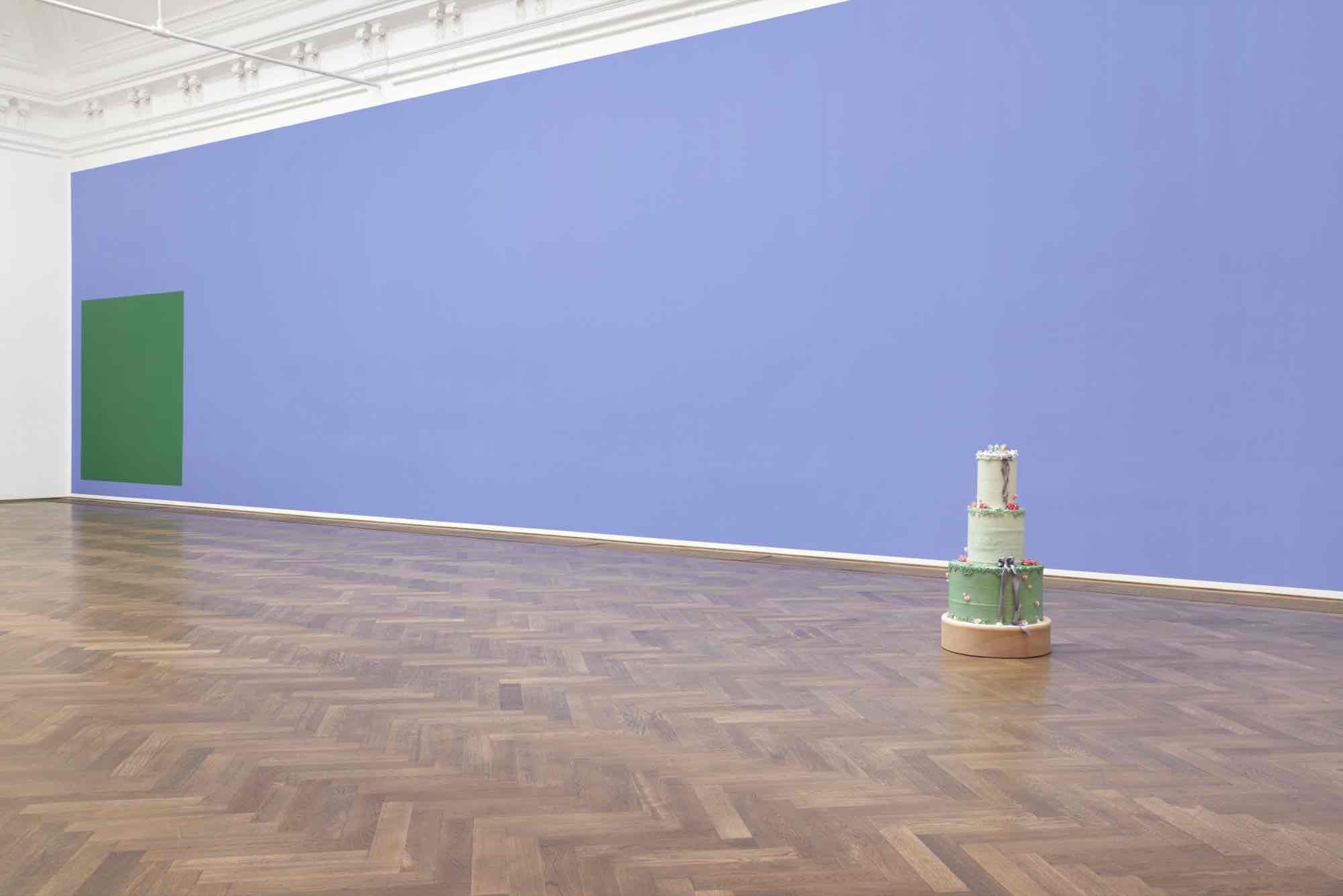
Ghislaine Leung, Commitments, exhibition view, Kunsthalle Basel, 2024, photo: Philipp Hänger / Kunsthalle Basel

Ghislaine Leung, Commitments, exhibition view, Kunsthalle Basel, 2024, photo: Philipp Hänger / Kunsthalle Basel

Ghislaine Leung, Leave, 2024, detail, in: Ghislaine Leung, Commitments, Kunsthalle Basel, 2024, photo: Philipp Hänger / Kunsthalle Basel. Score: A wall is equivalent to all the days in a year. The 118 days between one exhibition by the artist and the next are shown as a tomato rectangle. The 37 days the artist was on unpaid sick leave in this period due to surgery are shown inset as a tangerine square.
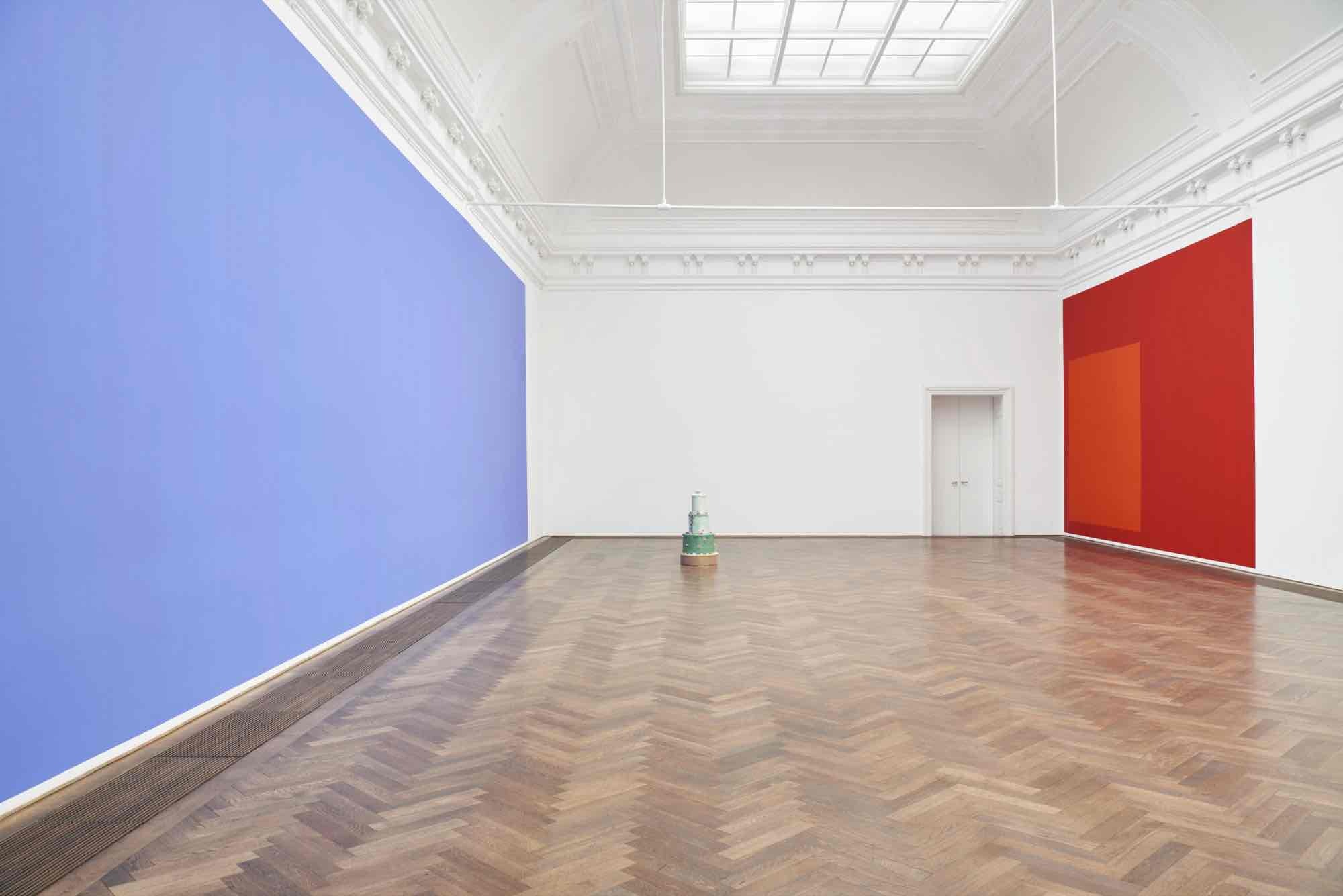
Ghislaine Leung, Commitments, exhibition view, Kunsthalle Basel, 2024, photo: Philipp Hänger / Kunsthalle Basel
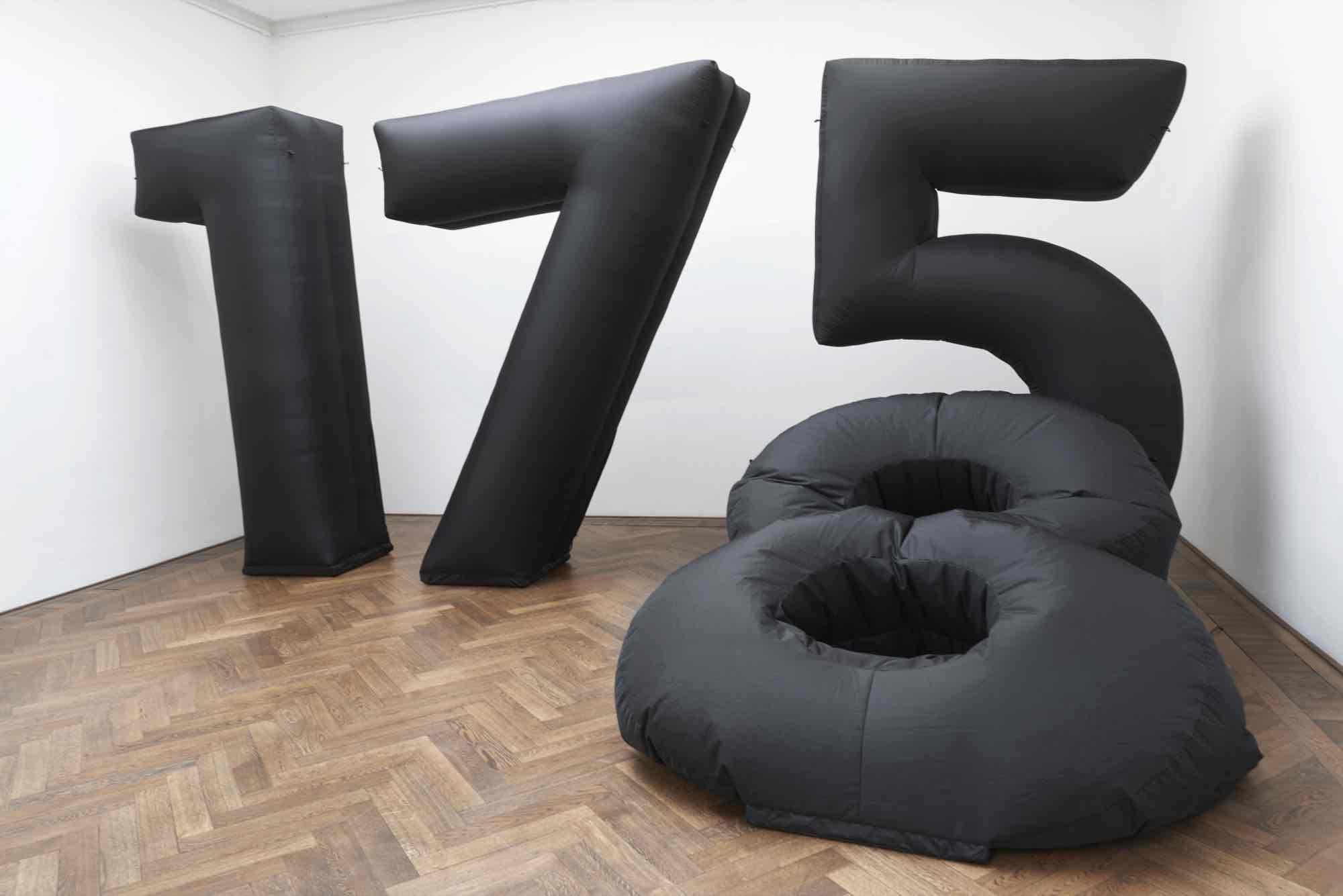
Ghislaine Leung, One Hundred Seventy-Five, 2024, installation view, in: Ghislaine Leung, Commitments, Kunsthalle Basel, 2024, photo: Philipp Hänger / Kunsthalle Basel. Score: A large black inflatable of the number of days the artist would work for her exhibition fee of 3.000,00 CHF according to Industria and a-n The Artists Information Company’s reported median wage in “Structurally F–cked” of 1.88 GBP per hour for an artist’s production of artworks and exhibition-making. The inflatable may be inflated for eight working hours daily, for a total of 175 days from the start of each exhibition period.
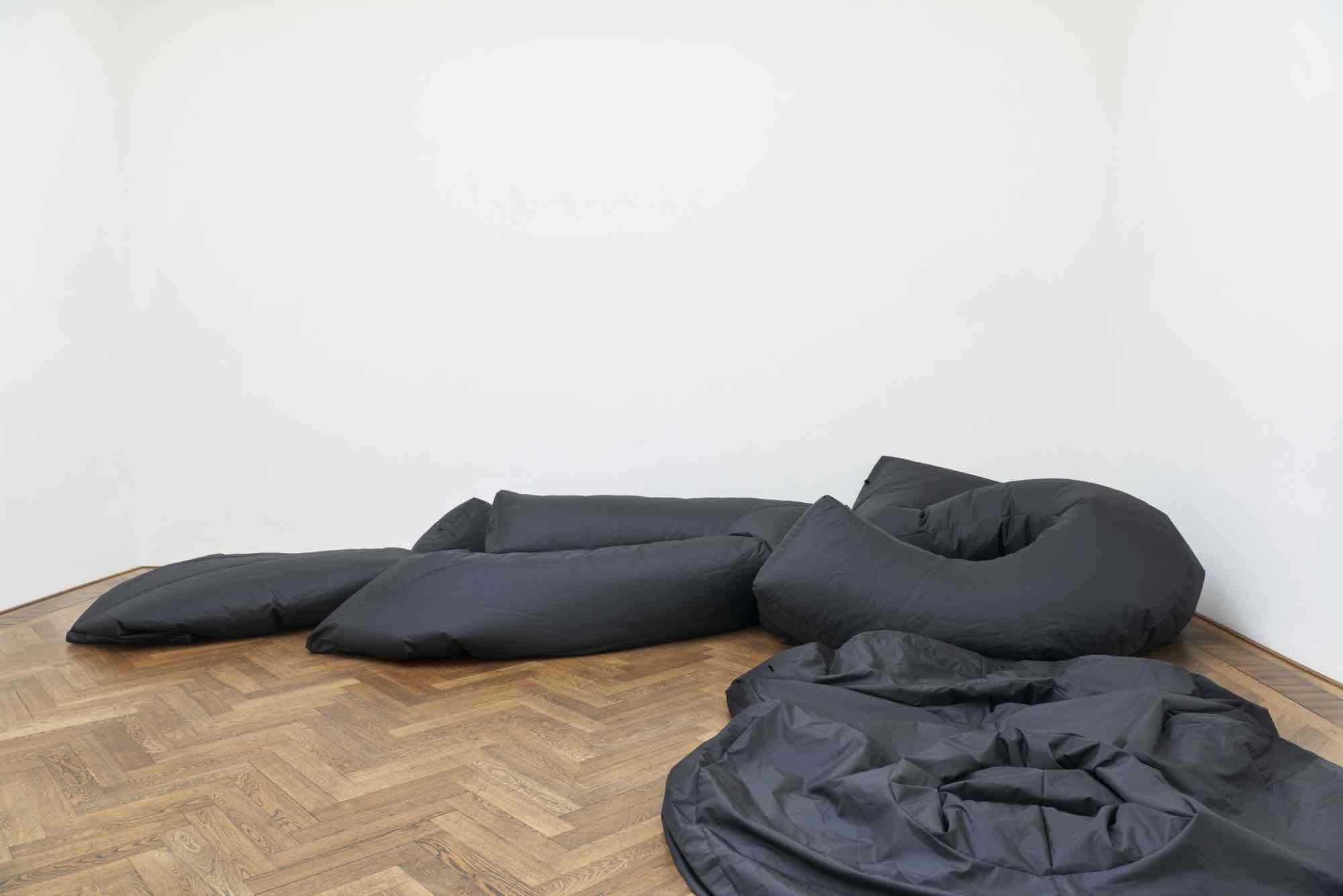
Ghislaine Leung, Commitments, exhibition view, Kunsthalle Basel, 2024, photo: Philipp Hänger / Kunsthalle Basel
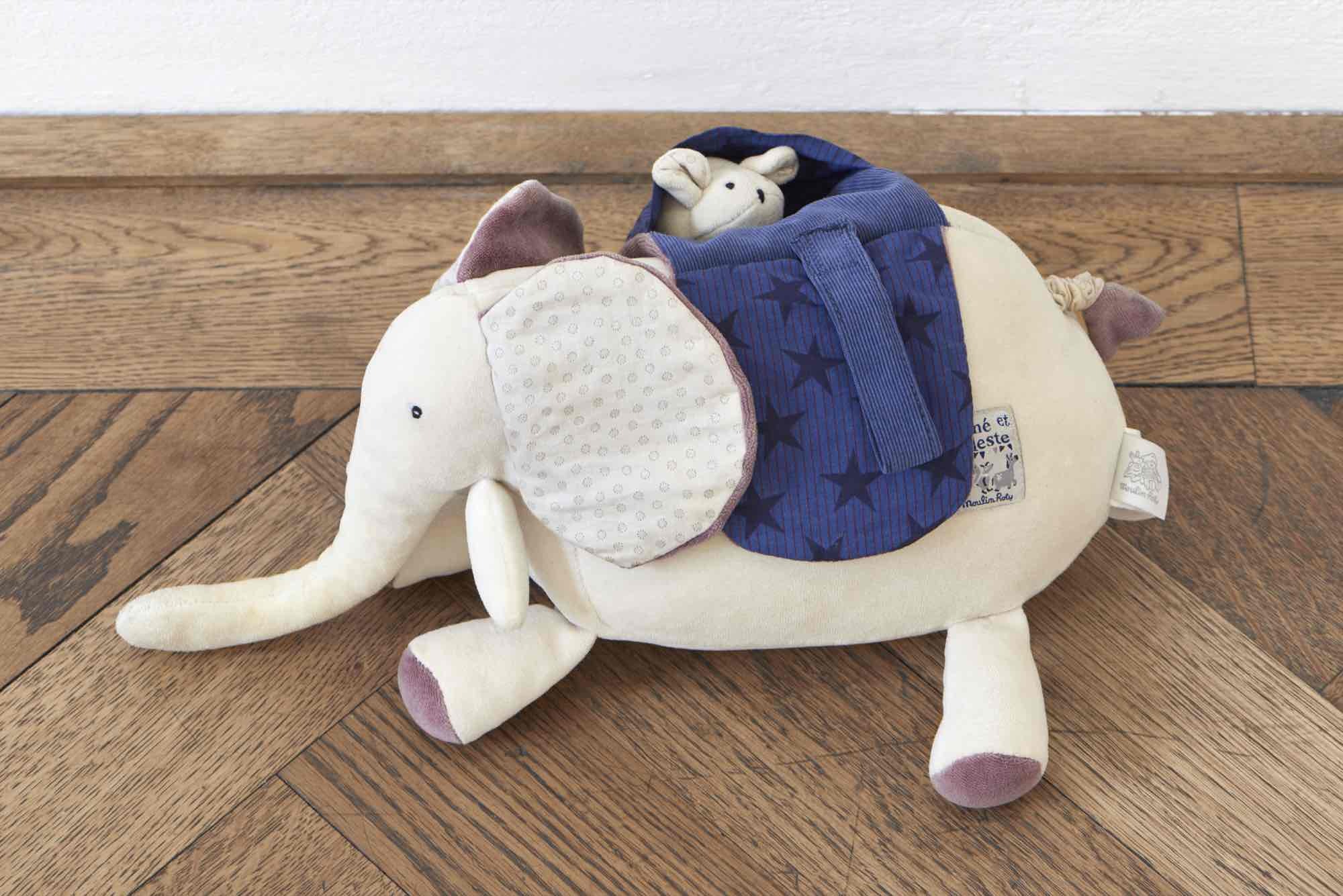
Ghislaine Leung, Holdings, 2024, installation view, in: Ghislaine Leung, Commitments, Kunsthalle Basel, 2024, photo: Philipp Hänger / Kunsthalle Basel. Score: An object that is no longer an artwork.

Ghislaine Leung, Commitments, exhibition view, Kunsthalle Basel, 2024, photo: Philipp Hänger / Kunsthalle Basel
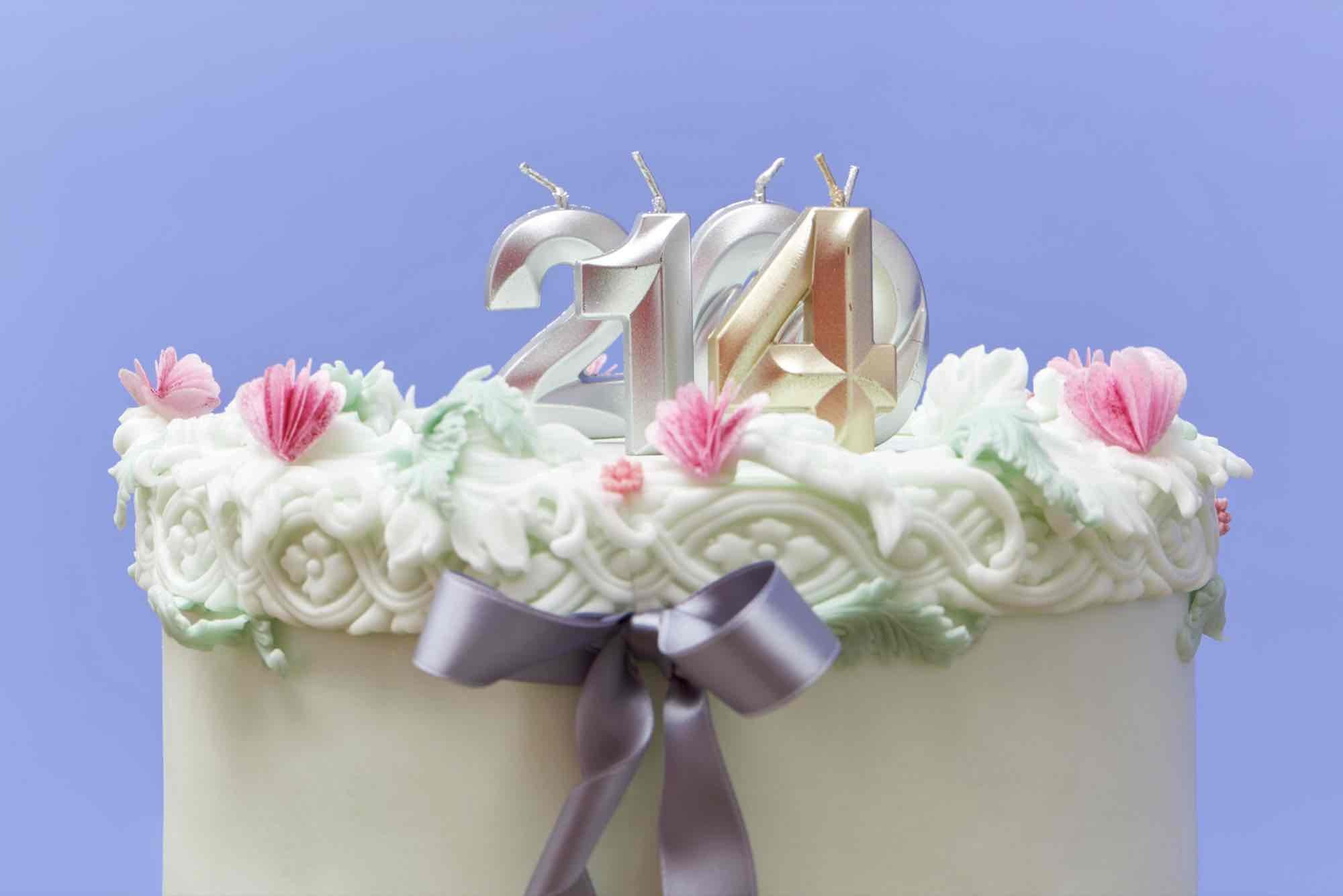
Ghislaine Leung, Four Years in Ten Years in Twenty Years, 2024, detail, in: Ghislaine Leung, Commitments, Kunsthalle Basel, 2024, photo: Philipp Hänger / Kunsthalle Basel. Score: A three-tier anniversary cake to mark four years of being a mother, ten years of being an artist, and twenty years with her partner.

Ghislaine Leung, Care, 2024, detail, in: Ghislaine Leung, Commitments, Kunsthalle Basel, 2024, photo: Philipp Hänger / Kunsthalle Basel. Score: A wall is equivalent to all the days in a year. The 2016 child care hours the artist would need to cover working full time are shown as a banana rectangle. The 1140 free childcare hours supported by the UK government are shown inset as a cobalt square.
My mother was an artist. She made pencil drawings from photos and large pastel abstracts. My father was a designer, he had his own practice with a partner. They designed pens and sports equipment, water purifiers and phones—you’ve probably used some of them. We lived in a flat bought with money from the sale of the house my mother grew up in. My father had no savings or family money, and my grandmother often supported us while she was alive. My grandfather disapproved of the marriage, he did not come to my parents’ wedding. The mortgage was large and long, and the service charges on the flat were high. My mother plaited my thick black hair and smiled when people assumed I was adopted. I drew my pictures and sat my exams. I never corrected the pronunciation of my name. My mother’s art did not sell, and my father’s business was precarious. He left and started to try to find teaching work elsewhere. It was hard to get, and he often worked abroad for longer and longer periods, further and further away. Holidays were not taken because we were lucky enough to be able to do the things we loved. And because we loved doing what we did, we could do it all the time. Work never stopped, in sickness or in health. Money was not talked about. Money weighed on all things. We were free. And I learnt how to be free. My daughter, still only three, looks in the bin of used toys and picks out the white doll with long blonde hair: “I want this one.”
What does commitment entail for artists, and what are the expectations of institutions and their audiences? If artists have to devote themselves entirely, what implications does this hold for life, especially given unsupportive labor conditions? For her first institutional solo exhibition in Switzerland at Kunsthalle Basel, Ghislaine Leung foregrounds her own limitations within the system. Commitments questions what it means to be an artist invested in art and its production under any circumstances.
Leung’s artistic practice revolves around scores that set the terms for each artwork’s exhibition. These scores not only guide the implementation of her works but emphasize the interpretive and procedural nature of artistic realization. Regardless of the artist, institutions can further embrace these instructions, echoing the methodical aspects of 1960s Conceptual art, Institutional Critique, and Fluxus performances, wherein the process is just as crucial as the tangible object itself. However, while such critiques often aimed to expose, or take hold of, power structures in art’s distribution and discourse, Leung’s scores shift the focus to dependence, examining the vulnerability of both artwork and artist, and ask what resources, and resilience, might be found there.
Time is an undeniable resource. Even though we cannot directly perceive time, it exerts an influence on the daily fabric that surrounds us. Similarly, the first exhibition room confronts visitors with a bare space that initially appears almost empty. Three large-scale wall paintings sited around the room address the different limitations between time and availability that shaped the development of the show at Kunsthalle Basel. The scores, with various color combinations, all from the artist’s personal calendar, offer comparisons of the temporal dynamics between economic and personal life. For instance, in Care (2024), Leung reflects on the mismatch between the hours of childcare needed to cover full-time work and those available through the UK national childcare provision. Or, in Leave (2024), the number of sick days she had to take during the preparations between this show and the last. And, in Days (2024), the disparity between production time and paid production time.
What one sees in the exhibition’s second room varies depending on the date during the show’s duration. The scores, Eight and One Hundred and Seventy-Five (both 2024), are inflatables that change throughout the exhibition’s run; inflating only within the standard working hours of 9 am to 5 pm, for eight days and 175 days respectively. They present the artist’s difficult choice between paying herself enough or having enough time to do her work, while acknowledging that neither option works within the remuneration she is offered in her exhibition fee. The deflation of Eight after eight days underscores the depletion of her labor time if she adheres to better remunerated compensation structures. Whereas One Hundred and Seventy-Five critiques the depletion of her remuneration if she increases her labor time. Displayed next to these scores is a list of jobs held by Leung throughout her life. Jobs (2024) includes positions common in the art world, like “Curator” or “Studio Manager,” as well as roles extending outside that sphere, such as “Massage Therapist”—the list starts with “Babysitter” and ends with “Mother.”
In a society that perceives the body as a kind of production machine, to not work seems intolerable. Alongside with Leave, Leung’s score, Surgery (both 2024), delves deeper into this issue, alluding to the surgical intervention just six weeks before the opening of her exhibition during the preparation. The artist reduces the volume of the final space by one percent, the portion of her body that was removed via hysterectomy, requesting that no reproductions be made of the work. Especially in these fragile moments, where working conditions and bodies destabilize, emotional support is essential to embodying the most vulnerable version of oneself. A precarity of identity touched on in Holdings (2024), which stipulates the exhibition of an object that is no longer an artwork—here, a toy once belonging to the artist’s daughter, made into an artwork, and subsequently damaged in exhibition. Leung acknowledges the value of her own emotional support systems in Four Years in Ten Years in Twenty Years (2024): four years of motherhood, ten years as an artist, and a twenty-year partnership. The three-tiered anniversary cake celebrates the evident yet often unvoiced reality that artistic labor is always interwoven with other roles, in the day-to-day support given, taken, and shared.
How might we be able to understand commitment on different terms—ones that acknowledge the labor of life and love, not only as limitations but strengths? As Leung states, “Perhaps anyone can be an artist, but only some can continue being artists. It can feel choiceless, as if there is only one way to be an artist and continue to be one. I do not want this to be the case. Saying no to one set of known terms is also about saying yes to another, different, as yet unknown, set. To a life external to their remit. This is commitment.”
What does commitment entail for artists, and what are the expectations of institutions and their audiences? If artists have to devote themselves entirely, what implications does this hold for life, especially given unsupportive labor conditions? For her first institutional solo exhibition in Switzerland at Kunsthalle Basel, Ghislaine Leung foregrounds her own limitations within the system. Commitments questions what it means to be an artist invested in art and its production under any circumstances.
Leung’s artistic practice revolves around scores that set the terms for each artwork’s exhibition. These scores not only guide the implementation of her works but emphasize the interpretive and procedural nature of artistic realization. Regardless of the artist, institutions can further embrace these instructions, echoing the methodical aspects of 1960s Conceptual art, Institutional Critique, and Fluxus performances, wherein the process is just as crucial as the tangible object itself. However, while such critiques often aimed to expose, or take hold of, power structures in art’s distribution and discourse, Leung’s scores shift the focus to dependence, examining the vulnerability of both artwork and artist, and ask what resources, and resilience, might be found there.
Time is an undeniable resource. Even though we cannot directly perceive time, it exerts an influence on the daily fabric that surrounds us. Similarly, the first exhibition room confronts visitors with a bare space that initially appears almost empty. Three large-scale wall paintings sited around the room address the different limitations between time and availability that shaped the development of the show at Kunsthalle Basel. The scores, with various color combinations, all from the artist’s personal calendar, offer comparisons of the temporal dynamics between economic and personal life. For instance, in Care (2024), Leung reflects on the mismatch between the hours of childcare needed to cover full-time work and those available through the UK national childcare provision. Or, in Leave (2024), the number of sick days she had to take during the preparations between this show and the last. And, in Days (2024), the disparity between production time and paid production time.
What one sees in the exhibition’s second room varies depending on the date during the show’s duration. The scores, Eight and One Hundred and Seventy-Five (both 2024), are inflatables that change throughout the exhibition’s run; inflating only within the standard working hours of 9 am to 5 pm, for eight days and 175 days respectively. They present the artist’s difficult choice between paying herself enough or having enough time to do her work, while acknowledging that neither option works within the remuneration she is offered in her exhibition fee. The deflation of Eight after eight days underscores the depletion of her labor time if she adheres to better remunerated compensation structures. Whereas One Hundred and Seventy-Five critiques the depletion of her remuneration if she increases her labor time. Displayed next to these scores is a list of jobs held by Leung throughout her life. Jobs (2024) includes positions common in the art world, like “Curator” or “Studio Manager,” as well as roles extending outside that sphere, such as “Massage Therapist”—the list starts with “Babysitter” and ends with “Mother.”
In a society that perceives the body as a kind of production machine, to not work seems intolerable. Alongside with Leave, Leung’s score, Surgery (both 2024), delves deeper into this issue, alluding to the surgical intervention just six weeks before the opening of her exhibition during the preparation. The artist reduces the volume of the final space by one percent, the portion of her body that was removed via hysterectomy, requesting that no reproductions be made of the work. Especially in these fragile moments, where working conditions and bodies destabilize, emotional support is essential to embodying the most vulnerable version of oneself. A precarity of identity touched on in Holdings (2024), which stipulates the exhibition of an object that is no longer an artwork—here, a toy once belonging to the artist’s daughter, made into an artwork, and subsequently damaged in exhibition. Leung acknowledges the value of her own emotional support systems in Four Years in Ten Years in Twenty Years (2024): four years of motherhood, ten years as an artist, and a twenty-year partnership. The three-tiered anniversary cake celebrates the evident yet often unvoiced reality that artistic labor is always interwoven with other roles, in the day-to-day support given, taken, and shared.
How might we be able to understand commitment on different terms—ones that acknowledge the labor of life and love, not only as limitations but strengths? As Leung states, “Perhaps anyone can be an artist, but only some can continue being artists. It can feel choiceless, as if there is only one way to be an artist and continue to be one. I do not want this to be the case. Saying no to one set of known terms is also about saying yes to another, different, as yet unknown, set. To a life external to their remit. This is commitment.”
